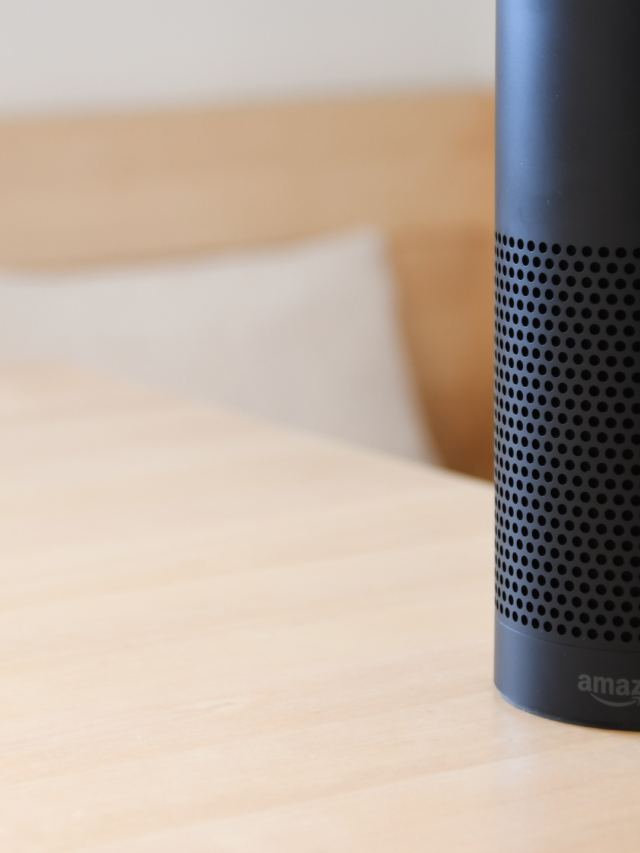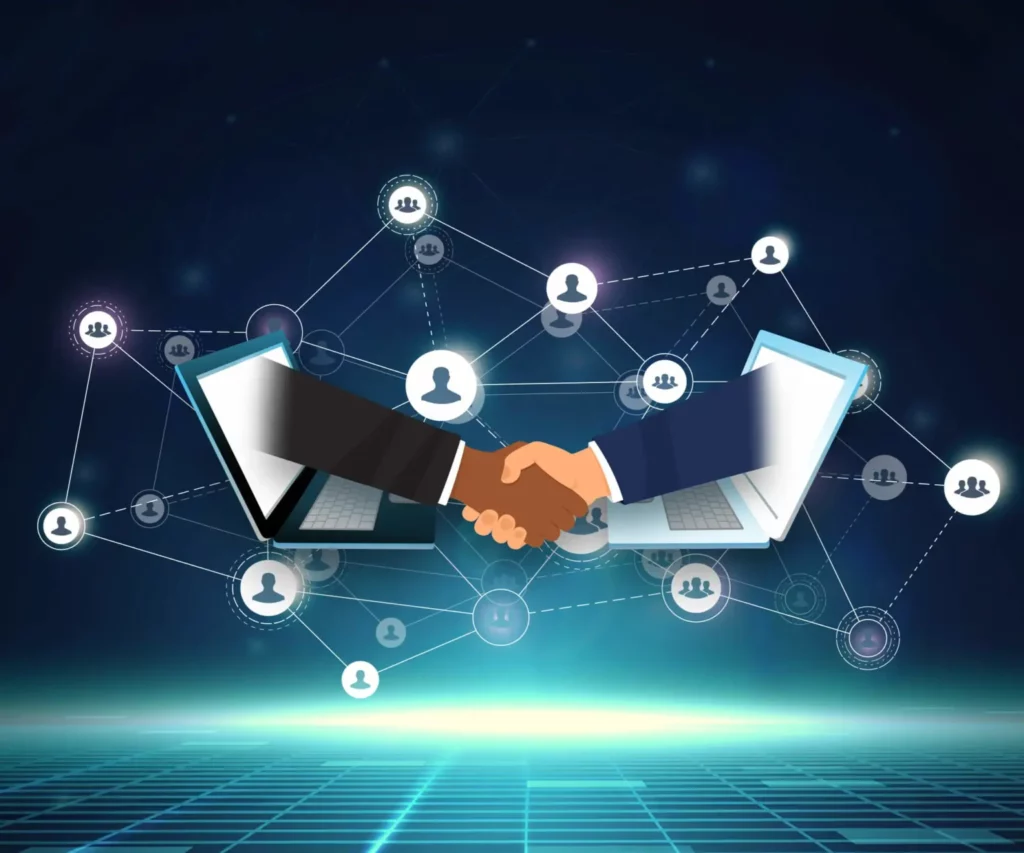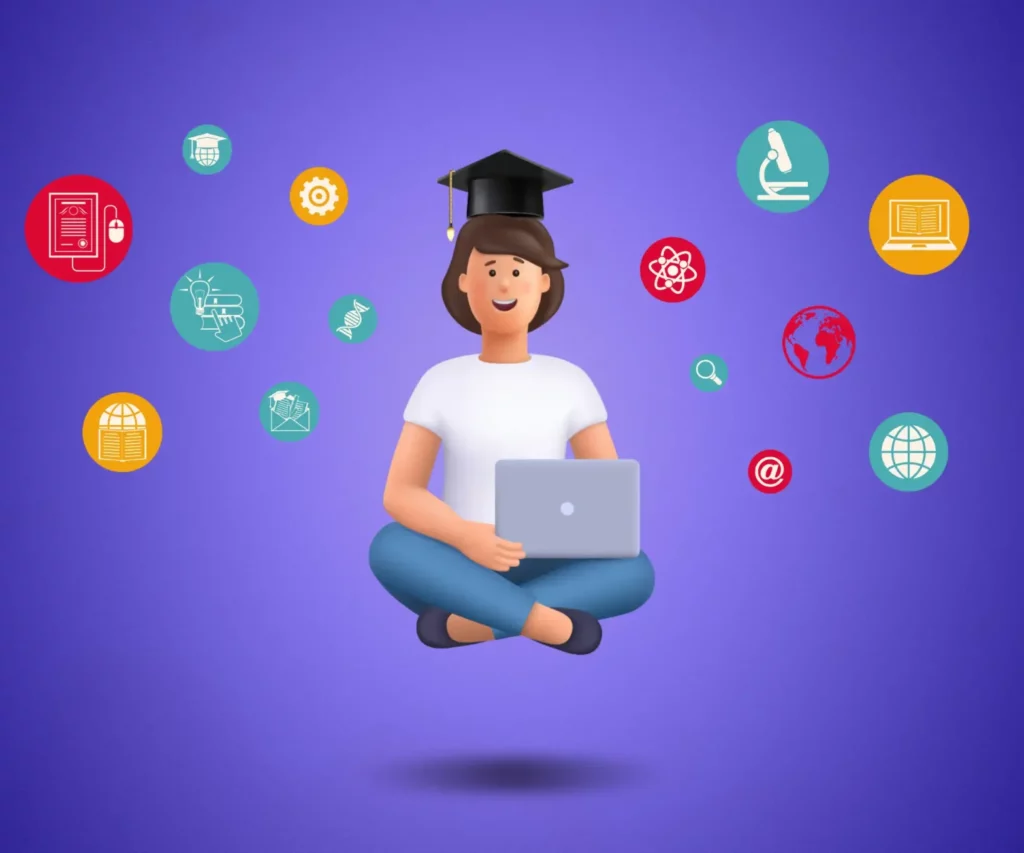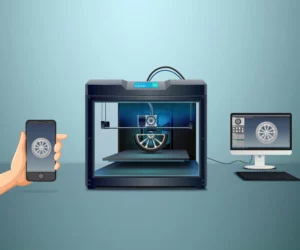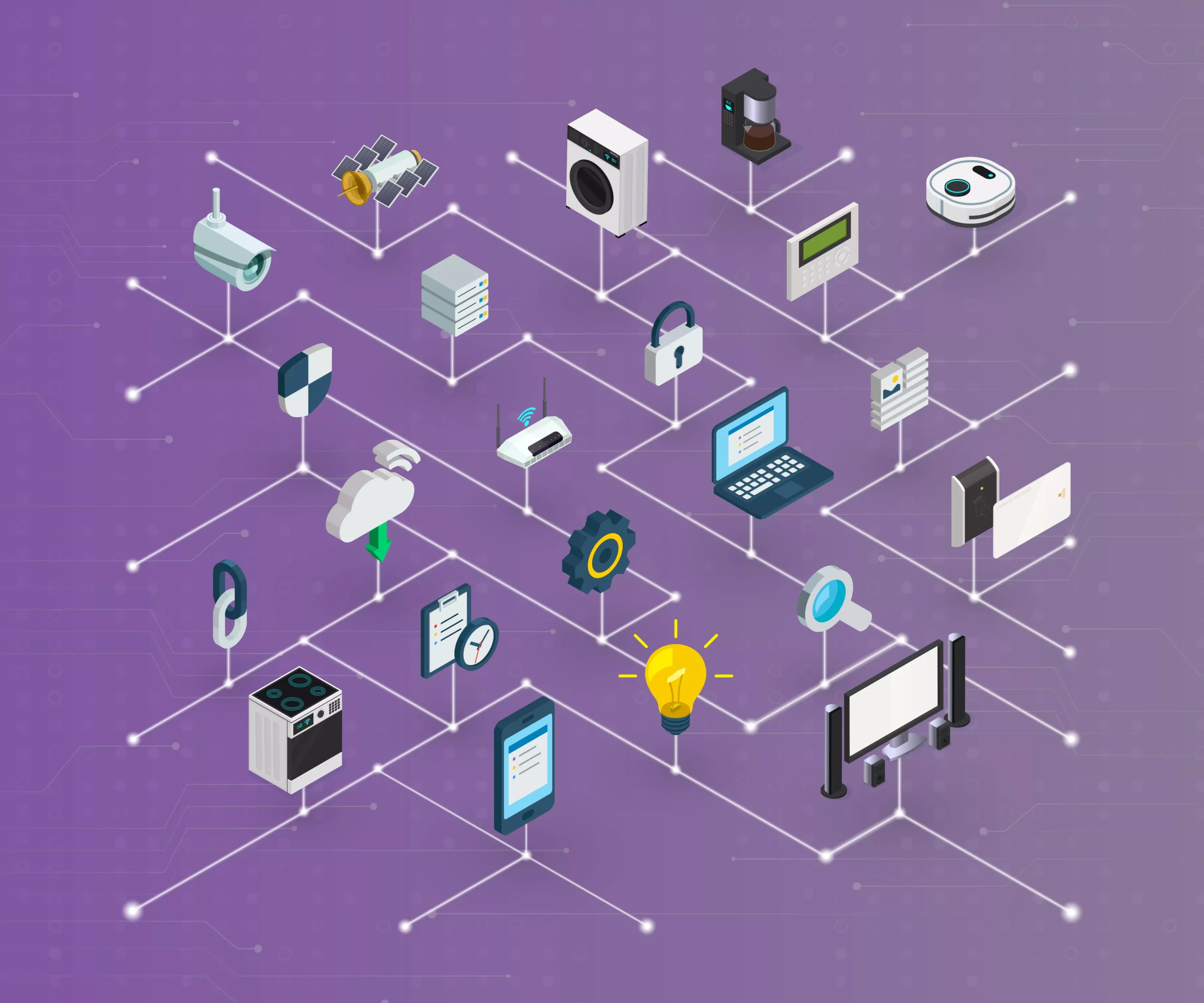
Technology has undoubtedly made our lives easier. But as humans never settle for less, there’s also an innate desire to simplify and improve things. Imagine how wonderful it would be if you could switch on the air-conditioner in your home on your way back from the office. Or heat a meal in the microwave, ready to be served as you open the door. This is precisely what devices enabled by the Internet of Things technology can do. The capabilities of IoT are endless.
What is the Internet of Things?
Humans have been employing their intelligence and creative faculties to make life better and more accessible to varying modernities for centuries. The 21st century has been no exception, with the technology of the Internet of Things (IoT), also known as Industry 4.0, standing out as one of our hallmark achievements in a long time.
In simplest terms, the Internet of Things technology represents the idea of connecting electronic and electrical devices and other similar devices to the internet. The concept of IoT is linked and founded on the process of collecting, storing, sharing, and retrieving data. With the proliferation of smart devices, widening internet access, and advancements in communication technologies, IoT has created a complex web of connected objects and services.
How does the Internet of Things technology work?
Now that we’ve come across yet another incredible way of technology making our lives convenient, let us understand the science behind it.
IoT platforms, such as IBM Watson IoT and Google Cloud IoT, facilitate the collection and analysis of data from different devices. These devices have sensors (the supply of which has been fluctuating from shortage to excess recently) built into their hardware, which transmit data to the IoT platform and other devices. Once the platform performs the necessary analytics on the data, it gives out the most relevant information required by the application to perform its programmed functions efficiently and effectively. By integrating data and sifting important information, IoT platforms can identify patterns, give suggestions, and even predict problems before they occur.
Let’s consider the air-conditioner example provided in the previous section again. The IoT platform will detect patterns using critical data points, such as when you send commands to the device, the temperatures set, and the season you most frequently use the device. Based on these data points, the platform recommends the ideal temperature setting for the season or the most appropriate time to switch on the air-conditioner.
Advantages of the Internet of Things technology
IoT applications across diverse and dissimilar industries have expanded tremendously over the past few years. From smart agriculture to robotics in hospitals, IoT is everywhere. Here are a few of its various advantages:
- Higher energy efficiency, as electrical devices can be regulated remotely, preventing wastage of electricity;
- Real-time monitoring of patient health, along with the deployment of smart medication systems, such as the delivery of insulin to diabetic patients;
- Convenient tracking of cargo by shipping companies, allowing them to take the necessary steps in case of mishaps;
- Driver-assistance systems that can help prevent accidents and transmit emergency signals to the authorities in case of accidents;
- Smart grid management, which can reduce transmission losses and improve access to electricity;
- More efficient and effective traffic management and security through the use of smart cameras;
- Predictive equipment maintenance can decrease losses due to equipment downtime, especially in high-energy sectors such as aviation and automotive.
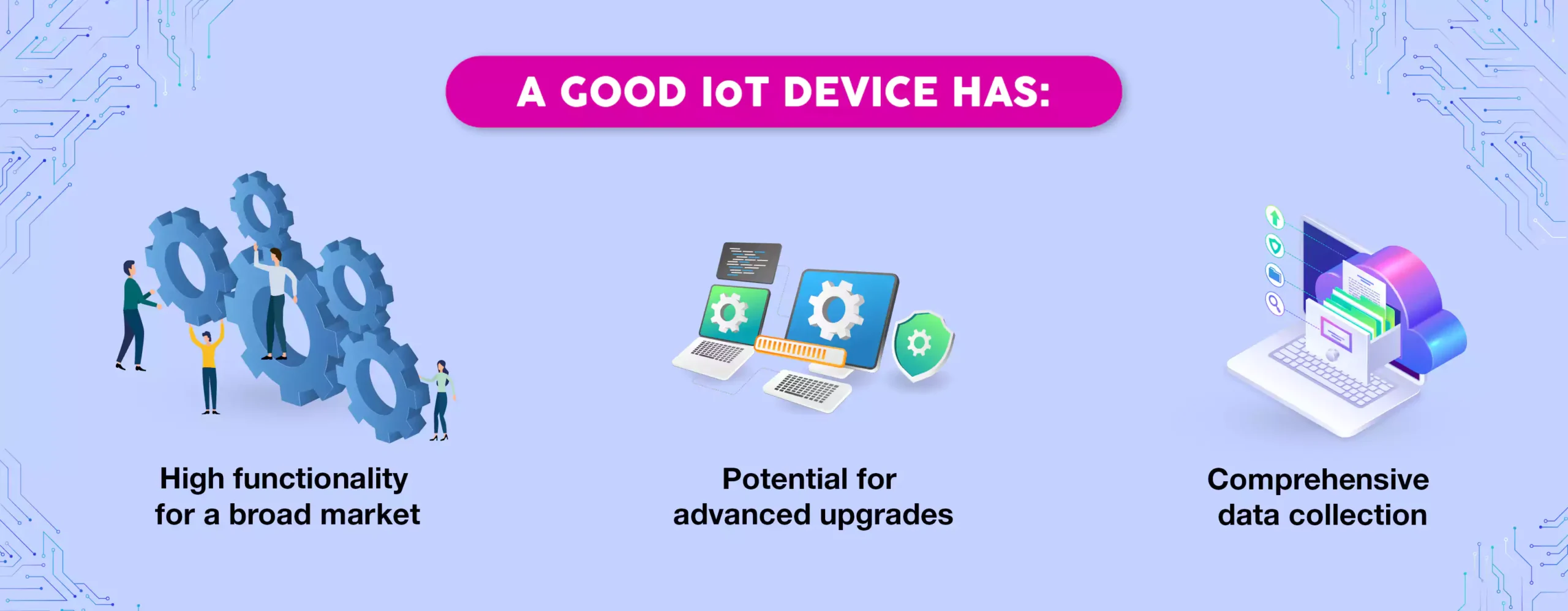
Disruption through innovation: examples of IoT technology
The primary goal of any new technology is to disrupt the existing mechanisms and processes across industries. The Internet of Things technology is doing just that, especially in critical sectors such as agriculture and power. Let’s consider these two industries closely.
Uses of IoT in agriculture
Take agriculture, for instance. The global population recently hit 8 billion, and food demand will soon skyrocket. As a result, increasing agricultural output has become one of the top priorities for countries and organisations worldwide. The Internet of Things technology can help achieve these goals in agriculture by installing radios, sensors, and antennas that can collect real-time soil and crop information.
A recent study found that using interconnected temperature and soil sensors can help control irrigation systems autonomously, schedule irrigation timings, and identify pests. According to the study, IoT in agriculture can reduce water usage by 70%, making farming possible in drought-prone and geographically arid areas. Another IoT application in agriculture is associated with drone technology, enabling precision agriculture and gathering data on crops and soil in disaster-affected areas. For example, drones can take high-resolution images of crops. These images help farmers understand a disaster’s localised impact on crops, enabling more targeted responses.
Uses of IoT in the power industry
In the power sector, the advent of IoT has benefited consumers due to the development of smart metres and smart thermostats. Research conducted in 2017 by the Asian Development Bank (ADB) cited the example of Burbank, California, where setting up an advanced metering infrastructure led to a 1% to 2% reduction in power usage per customer. There was also an 87% decline in field visits by technicians. The uptake of smart thermostats has also been a success. Nest, a top smart thermostat maker, reported a 10% to 20% reduction in power bills for heating and a nearly 15% drop in cooling after customers installed its products.
For power companies, the Industrial Internet of Things (IIoT) has enabled enhanced asset performance management, lower pilferage (electricity theft), fewer outage incidents, and better grid optimisation. For example, smart grids can distribute the load more efficiently during peak hours. Thus, the Internet of Things technology in the power sector has increased profits through improved customer experience and sustained asset performance.
Internet of Things technology: the dangers of data aggregation
While we must undoubtedly cherish the wonders of IoT, we should also acknowledge its pitfalls. Data aggregation by IoT platforms creates vulnerabilities for governments, companies, and individuals. As a rising number of industries get interconnected and share data, the possibility of security breaches becomes increasingly imminent. Vast volumes of data emitted by sensors and smart devices are collected, analysed, and stored on IoT platforms. A single breach can have a domino effect and lead to unthinkable socioeconomic consequences. For example, unauthorised data retrieval at a major energy company could expose critical governmental information to unruly elements of society. If they sell the data to foreign governments, the situation could quickly escalate to a national security issue.
One way to prevent such breaches is to build self-learning firewalls into systems. Cognitive firewalls, for instance, can learn patterns and follow commands only when they deem it safe. Furthermore, with many individuals being almost constantly online daily, privacy concerns have also commanded attention among users. As a result, regulations like the European Union’s General Data Protection Regulation (GDPR) have mandated companies to ask for consent when collecting customers’ data. However, apprehensions remain about the effectiveness of such laws.
Are universal standards for the Internet of Things technology possible?
Privacy and security concerns over the Internet of Things platforms are real, and we must address them globally. The decentralised nature of IoT has sounded the bugle for establishing dedicated standards to regulate such systems. Standards will obligate IoT platforms to have sufficient barriers to protect data. However, blanket measures covering all smart hardware are challenging to create. For example, standards applicable to the smartphone industry may not apply to logistics. Universal standards, though desirable, are unlikely to materialise anytime soon. Therefore, corporations, international organisations, cyber-security experts, and governments need to make concerted efforts towards making the adoption of the Internet of Things technology more acceptable, accessible, and affordable for all stakeholders.
